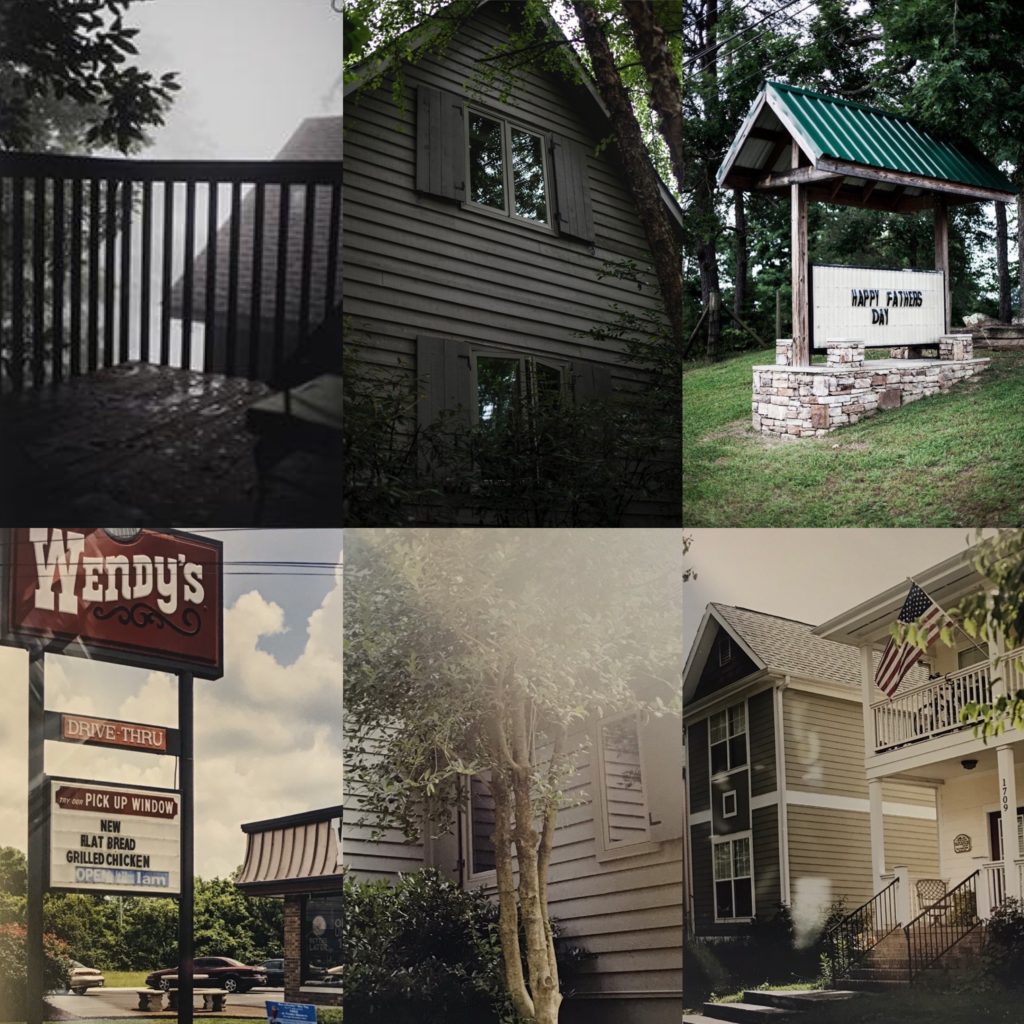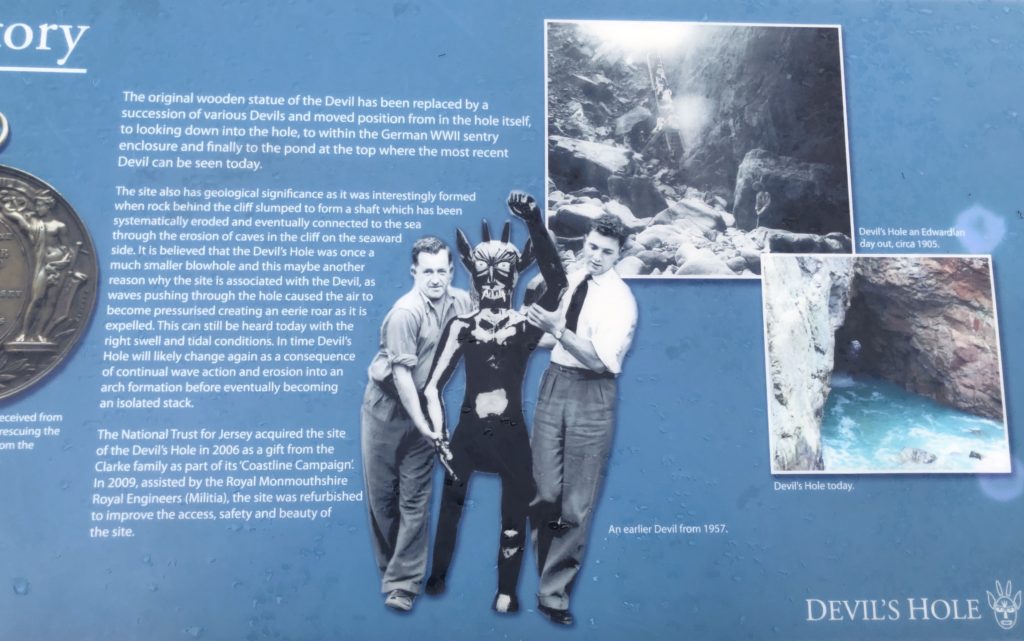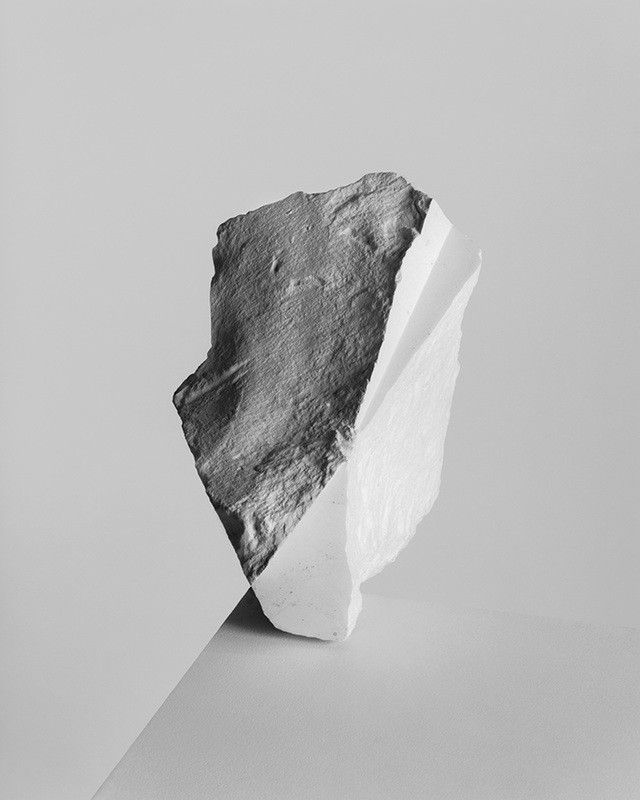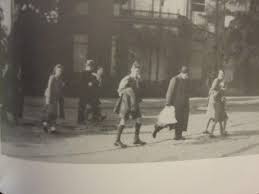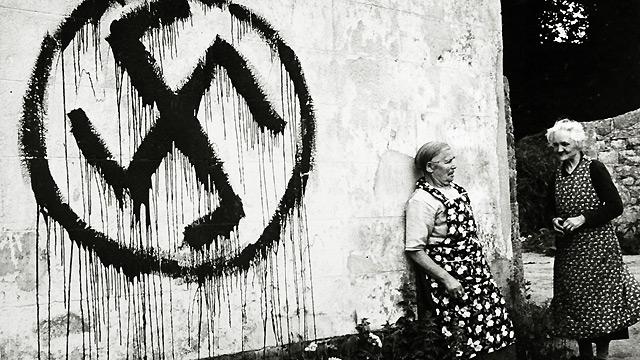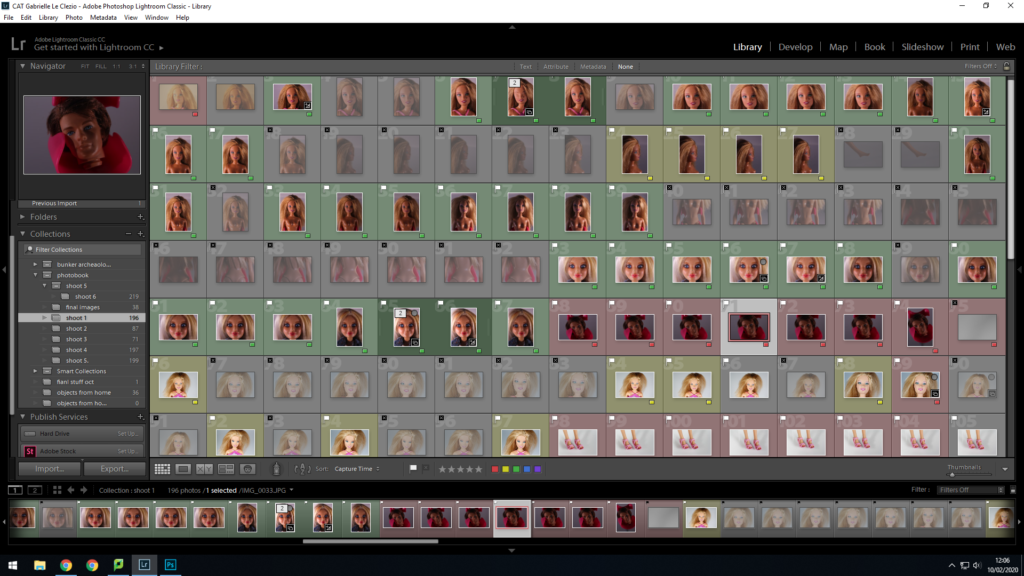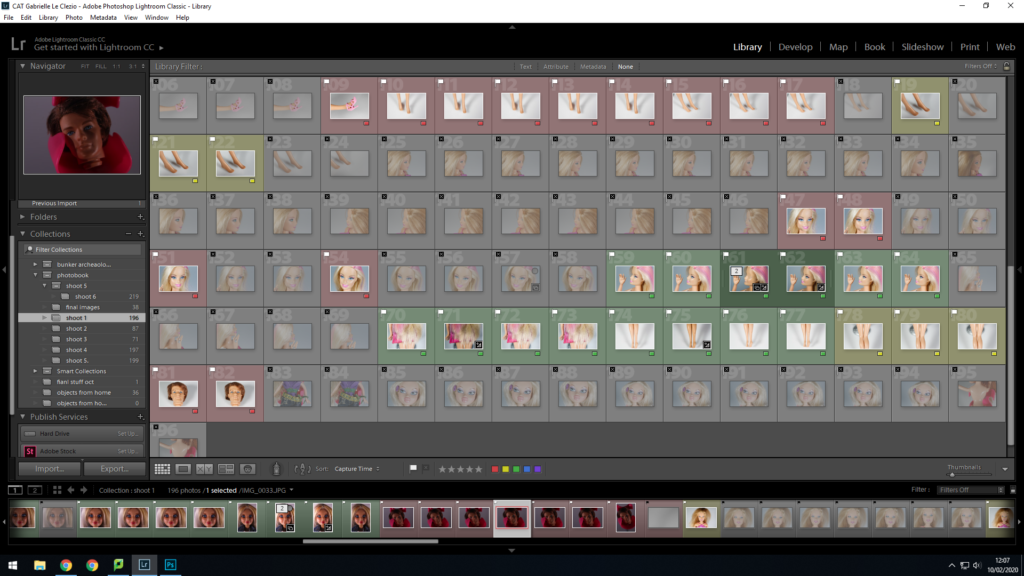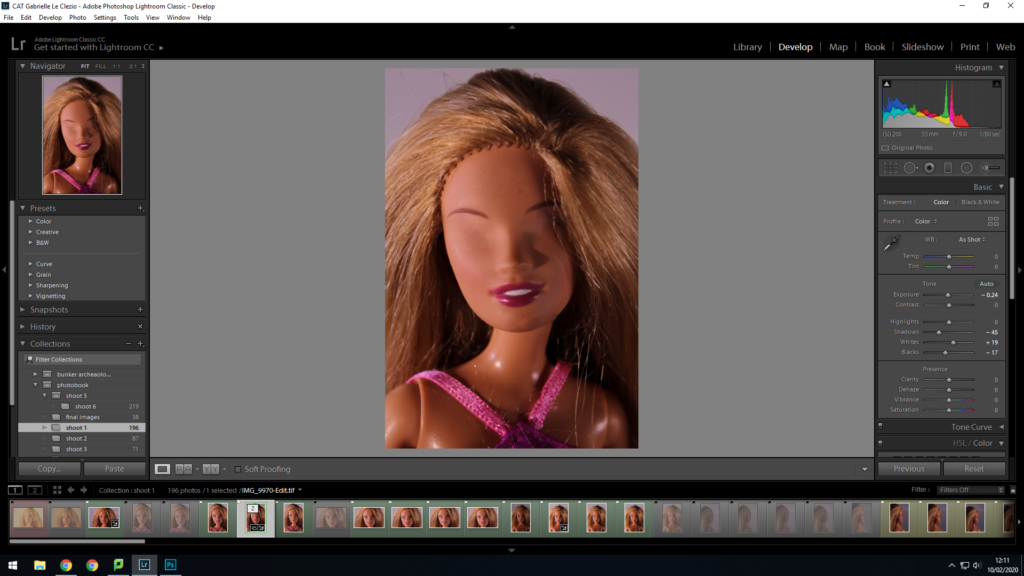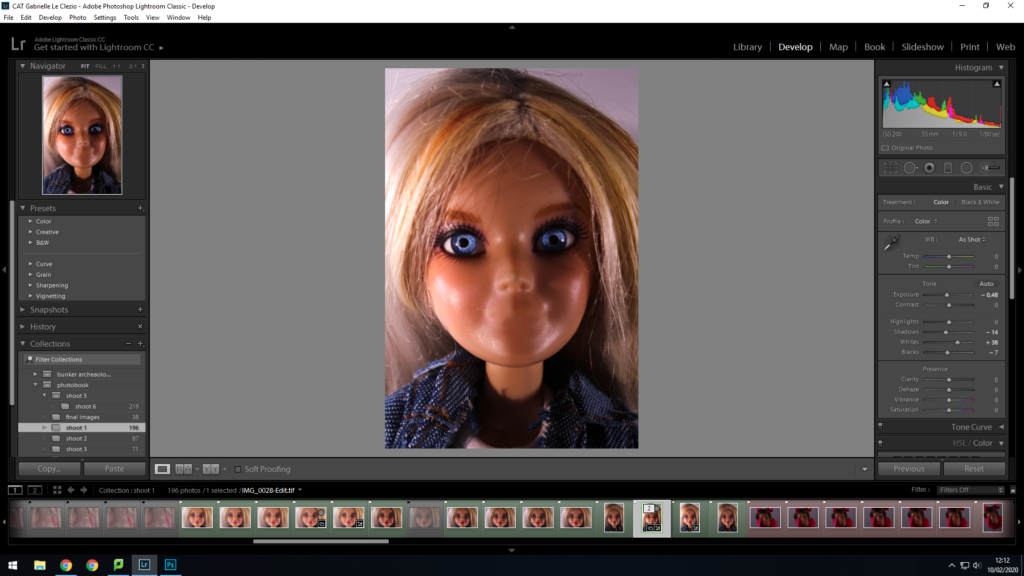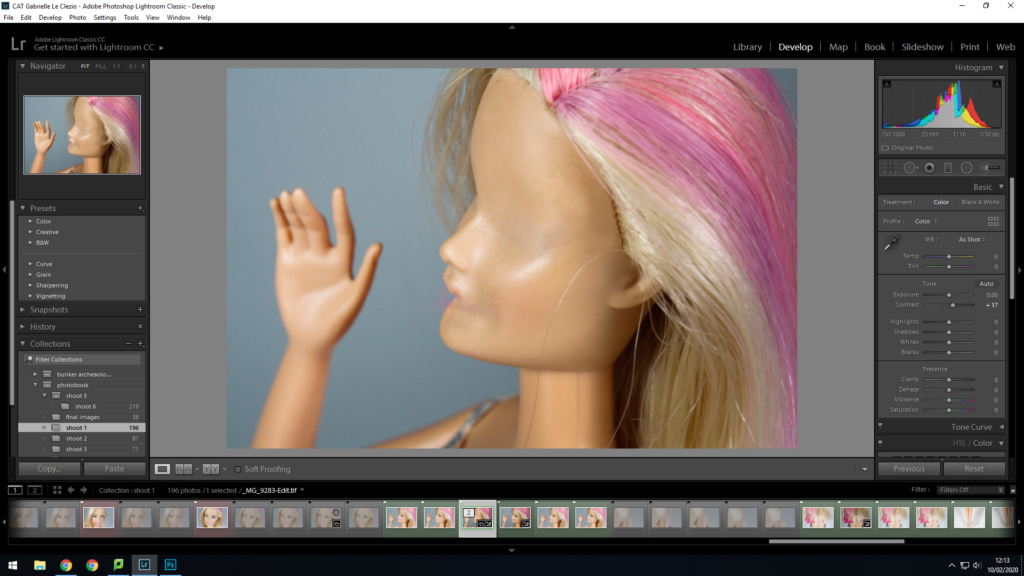HOW DOES GJON MILI REFLECT DANCE MOVEMENT AND THE SIGNIFICANCE OF EMOTIONS BEING PORTRAYED THROUGH HIS PHOTOGRAPHY?
‘Questions of self and identity have long concerned artists and are intensified as digital lives become ubiquitous and an aspect of performance becomes the norm in terms of modes of behaviour’ (Bright and Van Evp, 2019; 150). In our lives we portray and represent ourselves among many others and highlight our passions and significant features that make us who we are, enabling to show our individualism. The world we live in is somewhat being taken over by the performing arts and takes up a huge amount of social and contextual importance, and is it portrayed to our society that these individuals who shine over others are one in a millions, that making to the top is a one in a billion chance, so why do people even bother trying? The dance industry is something I have always had a drive to be a part of and I believe that in myself its an area that helps me identify myself and show to others my deeper emotions and feelings that may not always be depicted through speech, therefore myself, along with hundreds and thousands of people around the world use dance to do so. To use dance and movement to tell a story, to show a feeling, to show a concept, an idea. However, the idea that dance is just a ‘performance’ or a show rather than an expression, a place to hide away rather than flourish, a secret rather that a narrative is a consistent debate that continues to divide critics and our society. This therefore demonstrate that within a dancer there is a front, a side that they want to show the world, the side where they put themselves forward, contrasting with their hidden deeper meanings and insecurities that they hide away from the audience when they perform. Therefore ‘The question arises: if manipulation is the first thing someone thinks of in connection to photography, what does that say about the value of photography as a reflection of reality?’ (Bright and Van Evp, 2019; 17). This quotation is something I will keep in mind during my investigation; a reminder than I want the reality, the truth not a manipulation or a cover up to hide but the certainty of reality. For my personal study I will be investigating the idea of representing emotions that an individual feels through dance, however I want to diverge away from the norm and look at more uncomfortable subjects rather than the stereotypical face of dance. In my photography I want to show both sides of individuals in the dance community, I want to show the hard working, the blood, sweat and tears that goes into it, to show the love, the relief and the drive. I want my images to represent a narrative to its viewers, for them to see my images and ask more questions but most importantly I want to use my photography to highlight each emotion that someone feels when they dance and why they feel certain way, I want to exit the norm of dance photography and enter a new realm of ideas that reflect more than just a pointed toe, I want to show the vehemence of a dancers response to how they truly see themselves and the industry.
Opening quote
Introduction (250-500 words): What is your area study? Which artists will you be analysing and why? How will you be responding to their work and essay question?
Pg 1 (500 words): Historical/ theoretical context within art, photography and visual culture relevant to your area of study. Make links to art movements/ isms and some of the methods employed by critics and historian. Link to pol erpoints about isms andmovements M:\Departments\Photography\Students\Resources\Personal Study
Pg 2 (500 words): Analyse first artist/photographer in relation to your essay question. Present and evaluate your own images and responses.

Pg 3 (500 words): Analyse second artist/photographer in relation to your essay question. Present and evaluate your own images and responses.
Conclusion (250-500 words): Draw parallels, explore differences/ similarities between artists/photographers and that of your own work that you have produced
Bibliography: List all relevant sources used
NOTES TO CONSIDER WHEN EDITING AND CONTINUE WRITING ON:
- Next paragraph introduce the artist and his work
- Explain why you decided to choose his work to look at
- How does Mili help improve your personal study and ideas that you have?
- What other artists do you want to look and why? For example: Chino Otsuka
- Why do I want my personal study to be about this

